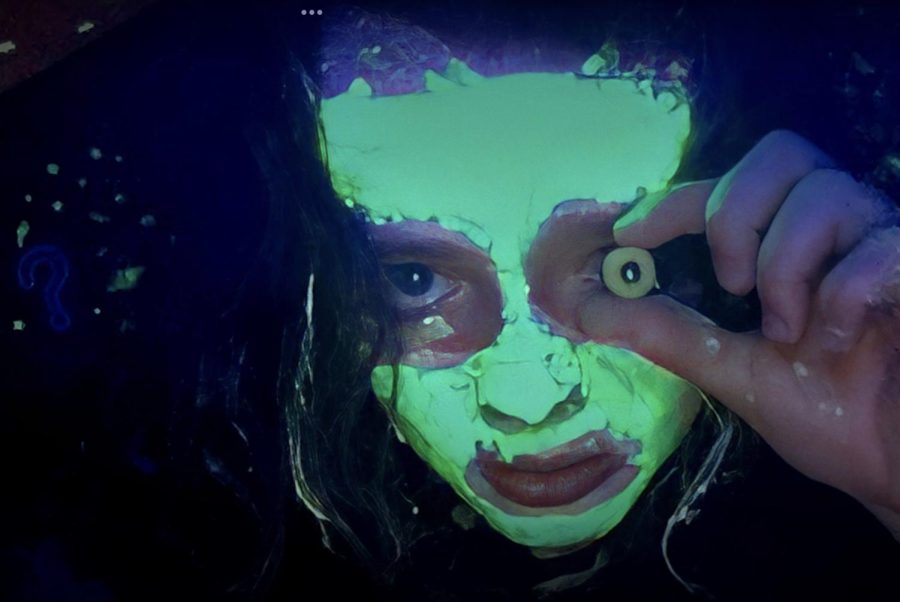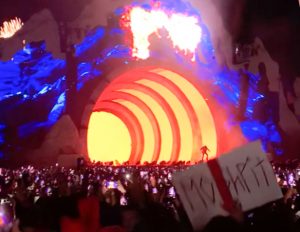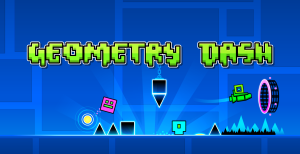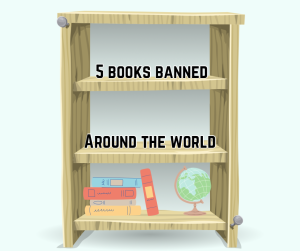“We’re All Going to the World’s Fair” is an unsettling depiction of growing up on the internet
Photo courtesy of Dweck Productions
“We’re All Going to the World’s Fair” hides its horror in the underlying dread of being a kid on the internet.
October 31, 2022
Many of us grew up with access to the internet. It’s been present our whole lives and, in many ways, has been beneficial. We can make new friends, find communities that align with our interests and have a constant stream of entertainment. Then again, there is something deeply unsettling about it. “We’re All Going to the World’s Fair” is one of the only films that perfectly understands the quiet horror of being a kid online.
After seeing a viral trend of an online horror roleplaying game, Casey (Anna Cobb) starts playing it herself. The “game” is more of an act, with the players documenting fictionalized horror experiences. She records videos of herself as she updates her small following and shows how the game is changing her. As she continues making content and interacting with a viewer who goes by JLB (Micheal Rogers), the line between reality and fiction begins to blur.
This film is terrifying and haunting, but it isn’t like any conventional horror film. It doesn’t have outright scares and most scenes just consist of a kid in her room shooting videos. The filmmaking style perfectly captures the appearance of YouTube videos from the late 2000s, and each scene left me unable to breathe with shots that would hold for an uncomfortable length of time.
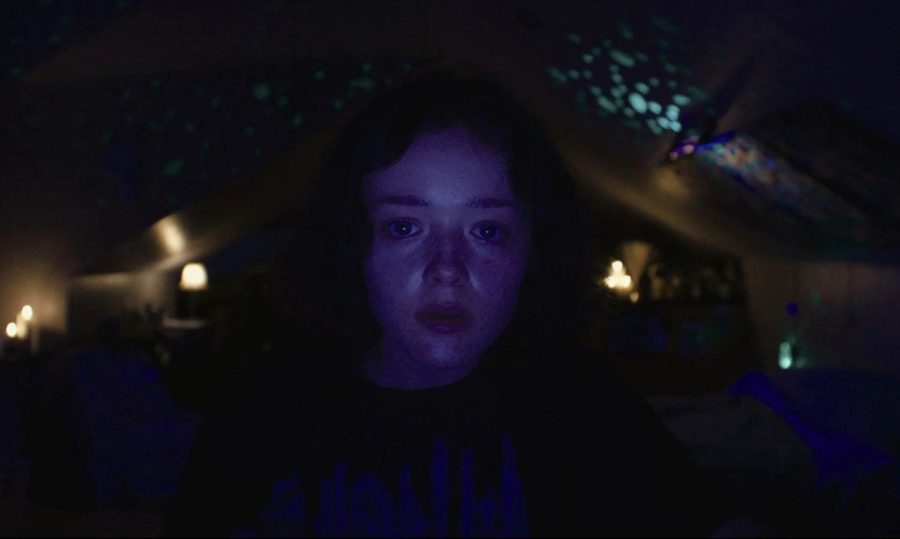
Anna Cobb perfectly captures that authentic feeling of being a kid that’s different. She never interacts with anyone in real life directly and spends her time becoming invested in this weird corner of the internet. Her debut performance is completely natural, and it is the main reason why this film is as effective as it is.
The soundtrack was created by indie musician Alex G, and his style of experimental ambiance music adds another level to the melancholic tone of the film. The “Main Theme” plays over the opening credit sequence, showing empty parking lots in a deserted town as cars rush by on the interstate. It beautifully captures the feeling of isolation in a modern way.
The internet has so much going on all at once, but it is also incredibly lonely. Creating online content for faceless viewers can get you popular, but there is no true connection there. In a similar horror film, “Pulse” (2001), the internet is a passage for ghosts to seep into the living world. The film emphasizes the horror of losing connection with humanity in a much more supernatural way, but the themes are incredibly similar to what “We’re All Going to the World’s Fair” ends up communicating.
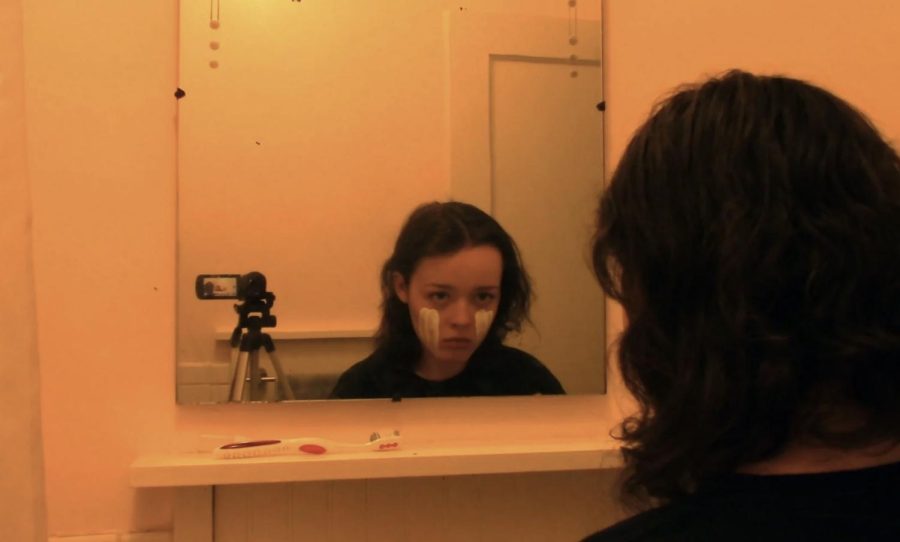
Living online is weird. Making friends on the internet means you might never see how they act outside of that confined space. They might just stop talking, leaving you with nothing but a memory of what they decided to share with you. This film focuses on the ambiguity of the people who seemingly vanish without a word. What is more terrifying than being haunted by the memory of someone who disappeared?
“We’re All Going to the World’s Fair” is quietly horrific as it expertly crafts the existential dread of early online experience. It understands how to depict the internet better than any other film I’ve seen, and it creates a narrative that feels frighteningly real. It has dug its way into my mind, and I am stunned by how far it was able to go with such a low budget. This modern, nightmarish masterpiece earns an eight out of 10.

